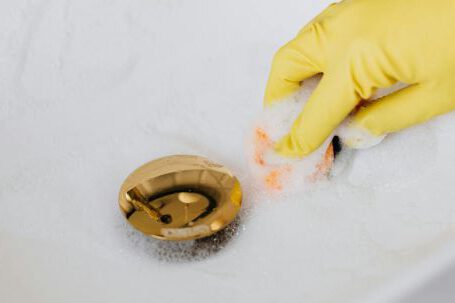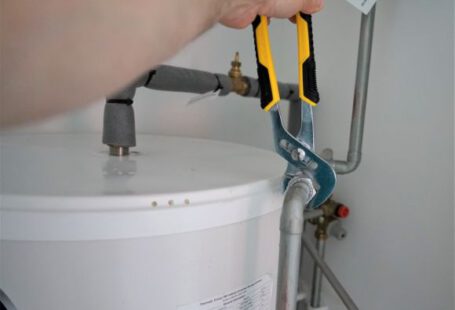Soldering copper pipes may seem like a daunting task, but with the right knowledge and practice, it can be a valuable skill to have. Whether you’re a DIY enthusiast or a homeowner looking to save some money on plumbing repairs, learning to solder copper pipes can be a worthwhile endeavor. In this article, we will guide you through the process step by step, so you can confidently tackle any soldering project.
Understanding the Basics
Before diving into the soldering process, it’s important to have a solid understanding of the basics. Copper pipes are commonly used in plumbing systems due to their durability and resistance to corrosion. Soldering is the process of joining two copper pipes together by melting a filler metal, known as solder, to create a strong and watertight connection.
Gathering the Necessary Tools and Materials
To get started, you’ll need to gather the necessary tools and materials. Here’s a list of what you’ll need:
– Copper pipes and fittings
– Emery cloth or sandpaper
– Flux
– Solder
– Propane torch
– Flame-resistant cloth or mat
– Wire brush
– Pipe cutter or hacksaw
– Pipe reamer or deburring tool
Preparing the Pipes
Before you can begin soldering, you’ll need to prepare the pipes. Start by cutting the copper pipes to the desired length using a pipe cutter or hacksaw. Be sure to make clean, straight cuts for a proper fit. After cutting, use a pipe reamer or deburring tool to remove any burrs or rough edges from the inside and outside of the pipes.
Cleaning and Applying Flux
Next, it’s time to clean the pipes. Use emery cloth or sandpaper to thoroughly clean the outside of the pipes and the inside of the fittings. This will help remove any dirt, corrosion, or oxidation, ensuring a clean surface for the solder to bond to. Once the pipes are clean, apply flux to the areas that will be soldered. Flux helps facilitate the soldering process by preventing oxidation and promoting the flow of solder.
Heating and Soldering
Now that the pipes are prepared, it’s time to heat and solder them. Start by heating the joint using a propane torch. Move the flame around the joint evenly, heating it until the flux begins to bubble and turn clear. Once the joint is hot enough, touch the solder to the joint, allowing it to melt and flow into the gap between the pipes. Be sure to apply the solder on the opposite side of the flame to ensure proper flow. The solder should be drawn into the joint through capillary action, creating a strong and watertight bond.
Inspecting and Finishing
After soldering, it’s crucial to inspect the joint for any potential issues. Check for any gaps or voids in the solder, as these could indicate a faulty connection. If necessary, reheat the joint and apply additional solder to fill any gaps. Once the joint is properly soldered, allow it to cool for a few minutes before cleaning off any excess flux with a wire brush.
In Conclusion
Learning to solder copper pipes may take some time and practice, but with the right techniques, anyone can master this essential plumbing skill. By understanding the basics, gathering the necessary tools and materials, and following the step-by-step process, you’ll be able to confidently tackle any soldering project. So, don’t be afraid to give it a try and start honing your soldering skills today!



